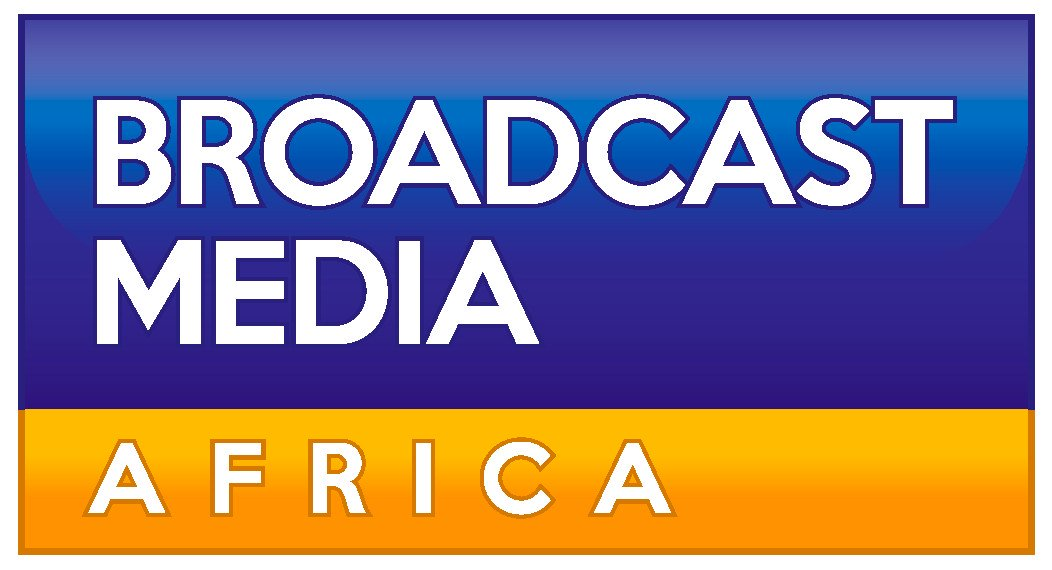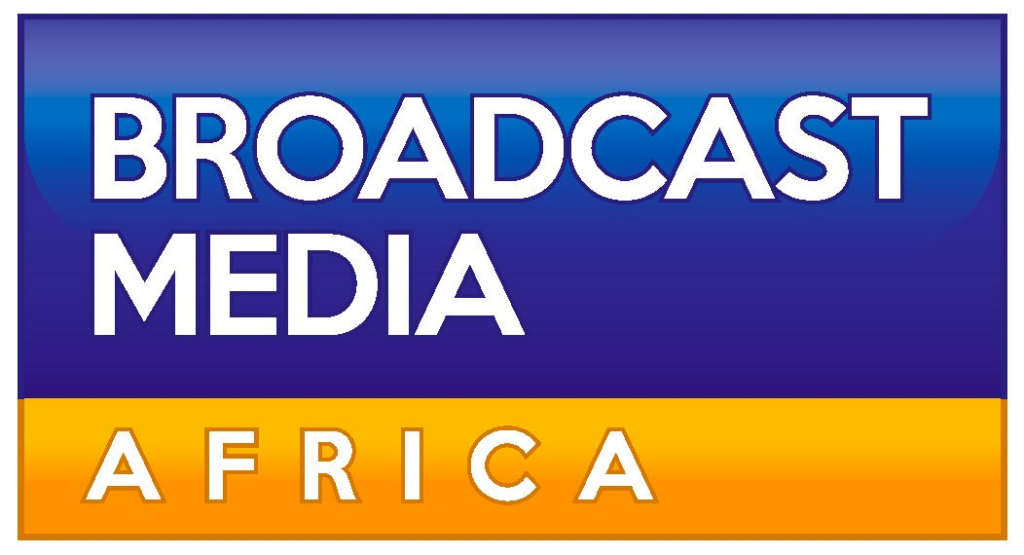
Starlink, the satellite internet service from Elon Musk’s SpaceX, has experienced a significant drop in its subscriber base in Kenya, losing around 2,000 users in the first quarter of 2025. According to the Communications Authority of Kenya, the decline represents a 10.86 per cent decrease, with total subscribers falling from 19,146 at the end of 2024 to 17,066 by March 2025.
This loss comes as Kenya’s overall fixed internet market grew by 8.1 per cent, adding over 150,000 new connections across various providers. Starlink launched in Kenya in July 2023 and initially expanded swiftly, but it has now dropped to eighth place among internet service providers, outpaced by local competitor Dimension Data Solutions, which has approximately 18,890 users.
Starlink initially attracted subscribers with its network of low-Earth orbit satellites, providing connectivity to areas lacking robust traditional infrastructure. By late 2024, Starlink accounted for about 1.1 per cent of the fixed internet market, catering mainly to rural users and appealing to urban customers during times of crisis.
The June 2024 protests against the government’s Finance Bill led to nationwide internet disruptions, with connectivity plummeting by up to 40 per cent in certain regions, according to monitoring by digital rights group NetBlocks. In response, many Kenyans subscribed to Starlink to secure internet access and share information amid restrictions affecting local networks like Safaricom.
In November 2024, Starlink temporarily paused new subscriptions in high-demand urban regions like Nairobi due to capacity issues, with this hiatus lasting until June 2025. During this time, existing users reported reduced speeds, with median download rates reported at 47 megabits per second in May 2025 by internet measurement firm Ookla, significantly lower than the advertised range of 25 to 220 Mbps. The establishment of its first local ground station earlier in 2025 reduced latency from 120 milliseconds to 53 milliseconds, yet speeds varied, especially during peak usage periods.
Subscribers faced initial costs of approximately 27,000 Kenyan shillings (around 210 U.S. dollars) for the Starlink kit, alongside monthly fees between 4,000 and 6,500 shillings (31 to 50 dollars). These rates positioned Starlink at three to four times the cost of comparable offerings from local providers, such as Safaricom, which provides fibre options starting at 2,500 shillings for 50 Mbps. Additional costs arose for power backups in areas with frequent outages, and the lack of on-site customer support meant users had to rely on online troubleshooting.
In response to Starlink’s presence, local internet companies launched promotions, including free installations and enhanced speeds. Safaricom, which holds a 36.5 per cent market share, added nearly 57,000 subscribers in the first quarter of 2025 by offering 5G routers at 3,000 shillings and packages boasting speeds up to 1,000 Mbps. Other local providers, such as Jamii Telecommunications and Zuku, have expanded their services to include local language support and efficient hardware issue resolution, a stark contrast to Starlink’s reliance on remote assistance.
Regulatory changes further complicated the environment, with the Communications Authority proposing fees for satellite operators, including a yearly charge of 0.4 per cent of revenue and a one-time licensing fee of 15 million shillings. In November 2024, Kenya sought guidance from the United Nations on regulating such services, aiming to promote fair competition with state-affiliated providers like Telkom Kenya.
Starlink boosted its bandwidth capacity by 32.7 per cent in early 2025 and resumed urban sign-ups, focusing particularly on rural areas, including tourism hotspots like the Maasai Mara. Similar subscriber declines were observed in Nigeria and Rwanda during this time, although the service is still valued for remote applications amid ongoing expansion efforts. Updated figures on Starlink’s performance in these markets are yet to be released.


















